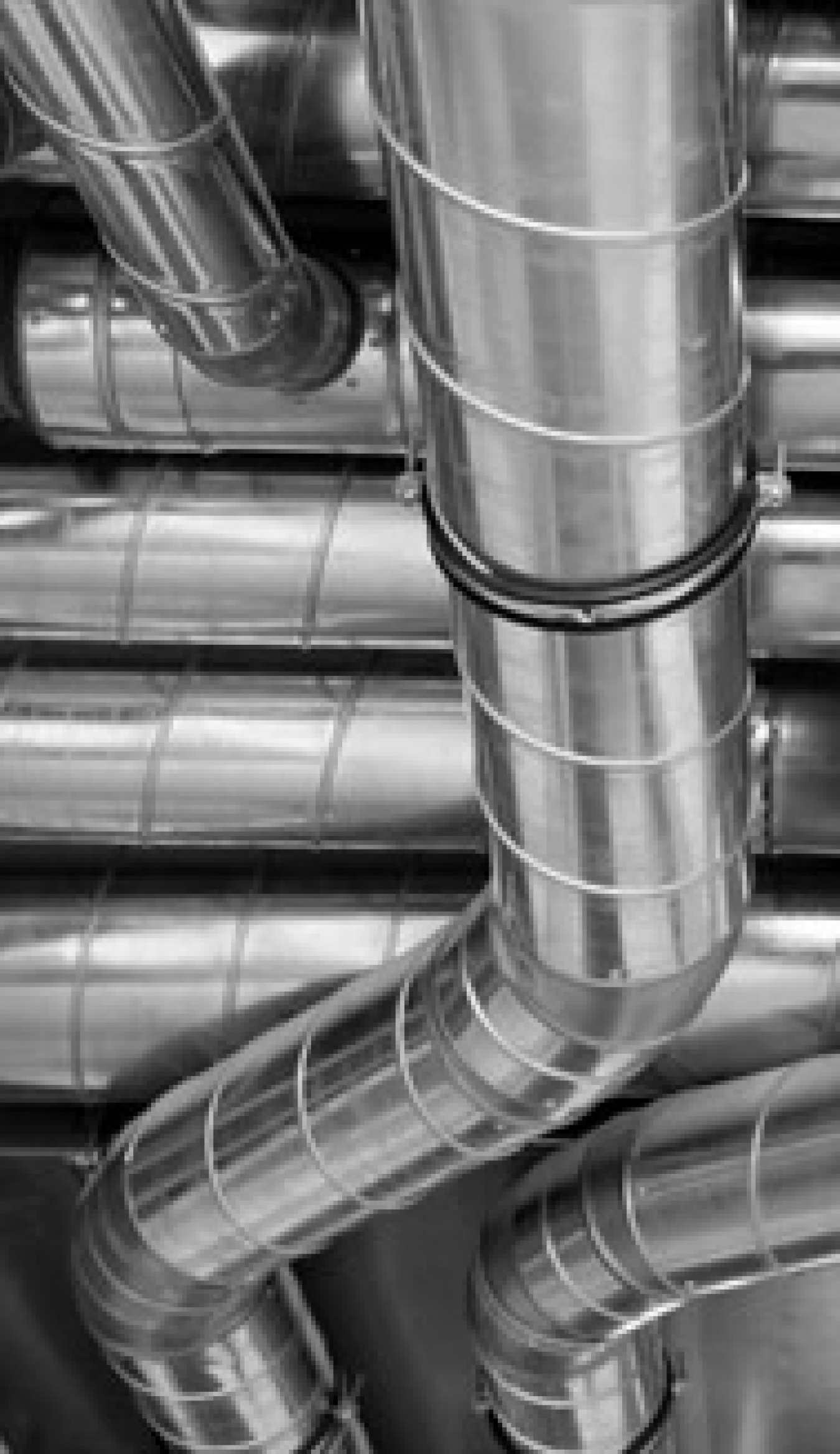PROJECT INFORMATION
Team: FSEC/ University of Central Florida
Building Component: Indoor Air Quality
Application: New Construction and Retrofit
Climate Zone: Hot-Humid, Mixed-Humid

Healthy indoor air quality (IAQ) requires proper air exchange with the outdoors. Mechanical ventilation equipment is used in homes to provide this air exchange. However, there is a lack of measured data that examines the impact of various types of mechanical ventilation on IAQ in occupied homes.
The FSEC team evaluated the IAQ and mechanical ventilation equipment of recently built homes in Florida, Georgia, and South Carolina. The team monitored levels of pollutants and contaminants of concern, such as formaldehyde, carbon dioxide, particulate matter with diameter of 2.5 microns or less (PM2.5), radon, and nitrogen dioxide. Fifty-one homes were monitored for 1–2 weeks.
Researchers characterized the types of mechanical ventilation equipment installed, including exhaust fans, central fans, energy recovery ventilators, and whole-house mechanical ventilation. Then, they measured the airflow of equipment that affects air exchange with the outdoors and quantified building envelope and duct leakage. Use of ventilation equipment was assessed via instrumentation and questionnaires while occupants also tracked activities that impact IAQ (e.g., cooking and cleaning). With this data, the team was able to examine the effect of various types of mechanical ventilation equipment have on indoor air quality.
Data indicates that properly working whole-house mechanical ventilation systems can reduce carbon dioxide concentration by 30%, as well as decrease radon and nitrogen dioxide levels by 42%, and reduce formaldehyde concentration by 7%.
Results of this study show that most homes were not able to meet ASHRAE 62.2 requirements to achieve acceptable IAQ. In homes that were properly equipped, the systems were often not properly leveraged nor operated. For example, many of the homes with energy recovery ventilators or ventilating dehumidifiers were in compliance with ASHRAE 62.2, and homeowners were aware of their existence and purpose.
Learn more about Building America's work.
RELATED PUBLICATIONS
Technical Report: Ventilation and Indoor Air Quality in Recently Constructed U.S. Homes: Measured Data from Select Southeastern States

